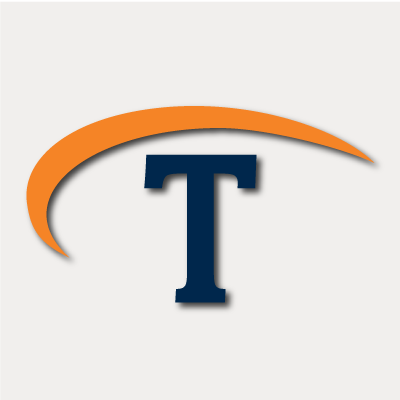However, IT/OT convergence is applicable to a wide range of industries, including financial services, medical and pharmaceutical, and many others. Any organization that needs to monitor and manage equipment, devices and infrastructure can benefit from integrating operational technologies (OT) with IT systems.
The National Institute of Standards and Technology defines OT as “a broad range of programmable systems that interact with the physical environment or manage devices that interact with the physical environment.” It encompasses everything from building automation and physical security systems to medical devices to broadcast systems and infrastructure.
By integrating IT and OT systems, organizations can increase efficiency, minimize errors and enable more informed decision-making. However, IT/OT convergence comes with challenges and risks that must be carefully managed to ensure success.
Benefits of IT/OT Convergence
Traditionally, OT systems existed on their own networks that weren’t connected to the data network. IT and OT departments operated independently, with separate systems and protocols. When the Internet of Things (IoT) emerged, it began blurring the line separating these two domains, creating the need to exchange data between IT and OT systems.
IT/OT convergence eliminates manual data entry and redundant workflows and provides real-time insights into operational processes. As a result, it can deliver very real benefits in a wide range of industries. Examples include:
- IT/OT convergence can help retailers better manage and secure brick-and-mortar stores and reduce fraud and shrinkage. Integrating cameras, point-of-sale devices and smart product tags can help optimize inventory and sales floor layout to boost revenue and customer satisfaction while reducing costs.
- Sensors and other IoT devices can help transportation companies track and coordinate assets and optimize routes. IT/OT convergence also facilitates proactive maintenance, enhances safety and improves long-term planning and budgeting.
- Communications and Media. IT/OT convergence facilitates the monitoring and maintenance of physical infrastructure and broadcasting equipment. It also aids in the coordination of lighting, audio and video equipment in production studios.
IT/OT Convergence Challenges
IT/OT convergence can take several forms. It can involve the physical retrofitting of devices or the purchase of new OT systems to enable network connectivity. On the IT side, it can involve implementing systems and software to communicate with OT systems and collect and analyze data. Process convergence involves the retooling of workflows to enable better coordination of the IT and OT domains.
The IoT and edge computing can also facilitate IT/OT convergence. IoT devices are, by definition, networked. Smart sensors can collect data throughout the physical environment and transmit it to IT systems for further processing and analysis. Edge computing brings those processing capabilities closer to the data source to enable real-time decision-making.
However, each of these efforts comes with significant challenges. Getting diverse devices to communicate can be difficult, often compelling organizations to replace existing OT infrastructure. That comes with significant costs and risks to the operational environment. IT systems must also evolve rapidly, creating the potential for downtime and disruption. Converged IT and OT systems can also be difficult to scale to meet growing demand.
The Importance of Strong Partnerships
Security threats create the greatest IT/OT convergence risk. Legacy OT systems have limited security controls because they weren’t designed to connect to the Internet. Many IoT devices are also vulnerable, particularly low-power devices that lack built-in security features. Sensitive data transmitted by these systems and devices may not be encrypted, making it easy for attackers to intercept sensitive information.
To overcome these challenges and threats, organizations should carefully assess potential challenges and risks and identify use cases that can drive real business value. Stakeholders across the enterprise should collaborate on IT/OT convergence efforts and develop governance frameworks in accordance with legal and regulatory requirements.
The right partnerships are also beneficial. Technologent has extensive experience in IT infrastructure, automation, AI and other technologies that are vital to IT/OT convergence initiatives. We also have cybersecurity experts who can help assess and mitigate threats. Let us help you maximize the benefits of IT/OT convergence while minimizing the risks.

Comments